The tapir, often described as a living fossil, is one of nature’s most enigmatic creatures. With its prehistoric appearance and surprising agility in water, this shy jungle dweller has fascinated biologists and wildlife enthusiasts alike. Resembling a cross between a pig and an anteater, the tapir’s unique physique belies its remarkable adaptability. Found in the rainforests of Central and South America, as well as Southeast Asia, these solitary animals play a crucial role in their ecosystems as seed dispersers. Yet, despite their ecological importance, tapirs remain poorly understood by the general public.
A Glimpse into the Past
Tapirs belong to the order Perissodactyla, making them distant relatives of horses and rhinoceroses. Their lineage dates back tens of millions of years, with fossil records indicating that their ancestors once roamed much of the globe. Today, only five species remain, all of which bear a striking resemblance to their ancient forebears. The most distinctive feature of the tapir is its elongated, flexible snout, which functions like a miniature trunk. This prehensile appendage allows the animal to grasp leaves, fruits, and other vegetation with remarkable dexterity.
Their barrel-shaped bodies and stubby tails give them an almost comical appearance, but these physical traits are perfectly suited to their environment. Thick, leathery skin provides protection against thorny underbrush, while their short, powerful legs enable them to navigate dense forest terrain with ease. Despite their stocky build, tapirs are surprisingly graceful swimmers, often taking to water to escape predators or regulate their body temperature in the sweltering jungle heat.
Masters of the Water
Unlike many large mammals, tapirs are exceptionally well-adapted to an aquatic lifestyle. They are frequently found near rivers, swamps, and marshes, where they spend a significant portion of their time submerged. Their ability to hold their breath for several minutes allows them to walk along riverbeds, foraging for aquatic plants. This behavior has earned them the nickname "jungle swimmers," though their swimming prowess extends beyond mere survival—it’s an integral part of their daily routine.
Observers have noted that tapirs seem to relish their time in the water, often engaging in what appears to be playful behavior. They wallow in mud to protect their skin from insects and sunburn, and their streamlined bodies make them surprisingly agile in fast-moving currents. This affinity for water also serves as a defense mechanism; when threatened, a tapir will often dive into a river and disappear beneath the surface, leaving predators bewildered.
The Tapir’s Role in the Ecosystem
As herbivores, tapirs consume vast quantities of fruit, leaves, and twigs, making them vital agents of seed dispersal. Many plant species rely on tapirs to transport their seeds across the forest, ensuring genetic diversity and the regeneration of vegetation. Studies have shown that seeds passing through a tapir’s digestive system often germinate more successfully than those that do not, highlighting the animal’s importance in maintaining healthy rainforests.
Despite their ecological contributions, tapirs face mounting threats from habitat destruction and hunting. Deforestation for agriculture and urban expansion has fragmented their habitats, while poaching for meat and hides has further depleted their numbers. Conservation efforts are underway in several countries, but the tapir’s elusive nature makes it difficult to study and protect effectively.
A Symbol of Wilderness
The tapir’s prehistoric charm and ecological significance make it a symbol of the wild, untouched corners of our planet. Its survival is a testament to the resilience of ancient species in a rapidly changing world. Yet, as human activity encroaches further into their habitats, the future of these remarkable creatures hangs in the balance. Raising awareness about their role in the ecosystem may be key to ensuring their continued existence.
For now, the tapir remains a mysterious figure in the jungle shadows—a living relic of a bygone era, quietly shaping the forests it calls home. Whether glimpsed at a water’s edge or heard rustling through the undergrowth, encountering a tapir in the wild is a rare and unforgettable experience, a fleeting connection to Earth’s distant past.
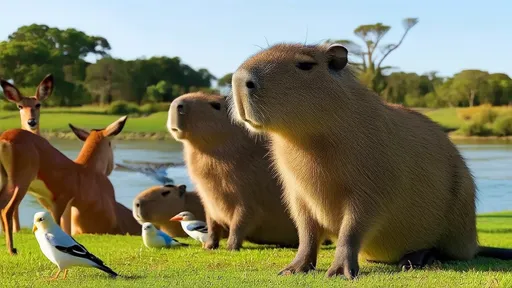
By /Jun 10, 2025
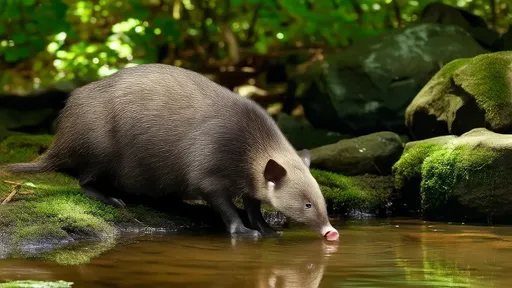
By /Jun 10, 2025
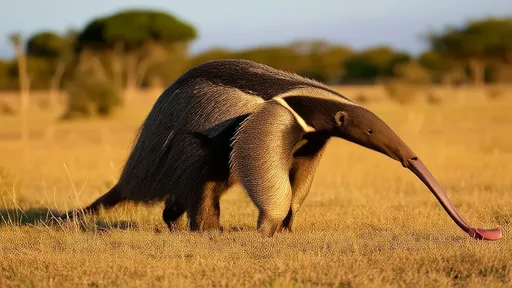
By /Jun 10, 2025
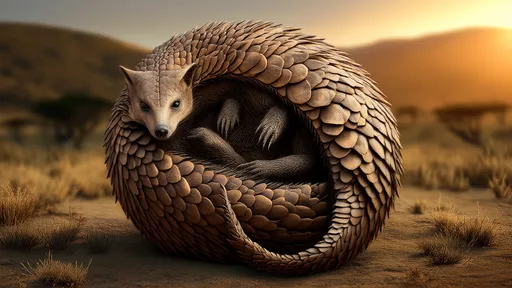
By /Jun 10, 2025
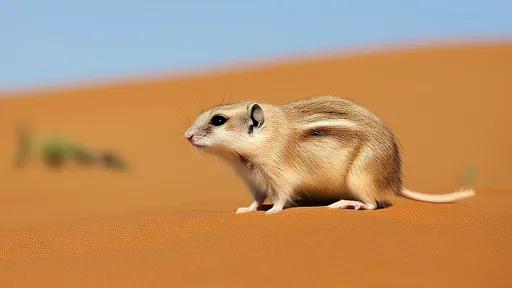
By /Jun 10, 2025
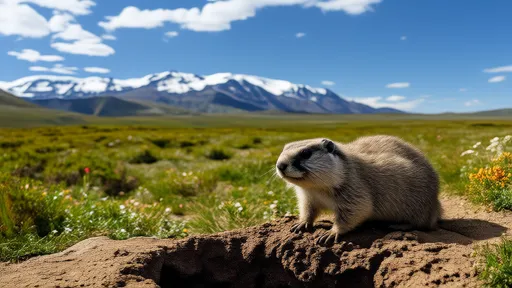
By /Jun 10, 2025
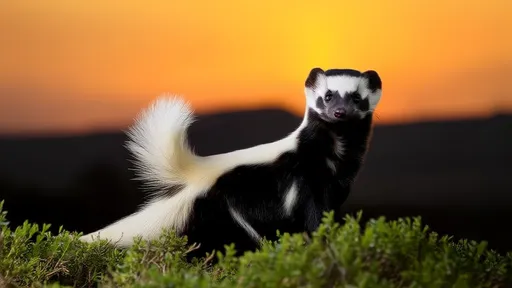
By /Jun 10, 2025

By /Jun 10, 2025

By /Jun 10, 2025
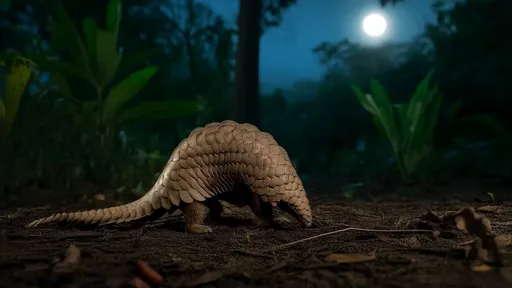
By /Jun 10, 2025
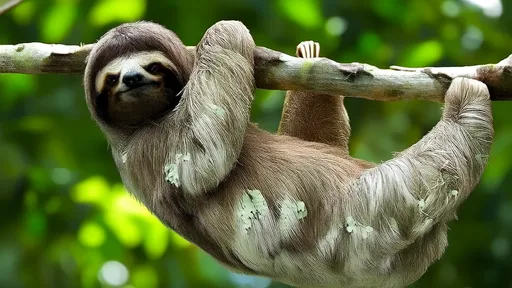
By /Jun 10, 2025
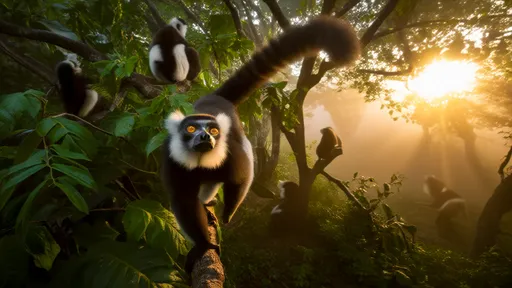
By /Jun 10, 2025

By /Jun 10, 2025
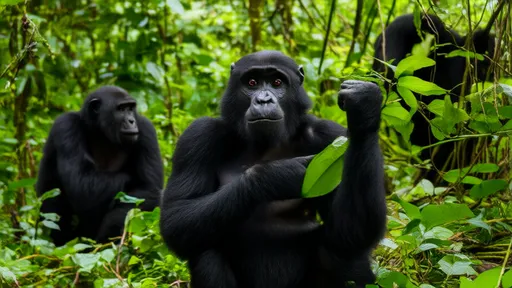
By /Jun 10, 2025
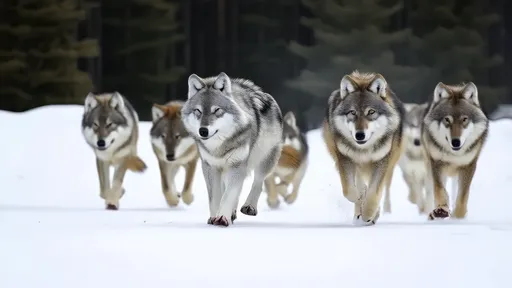
By /Jun 10, 2025
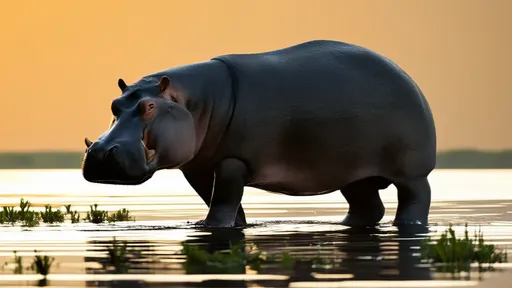
By /Jun 10, 2025
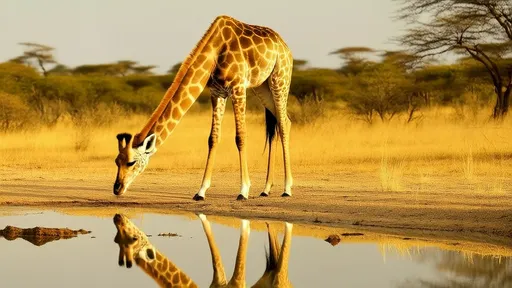
By /Jun 10, 2025